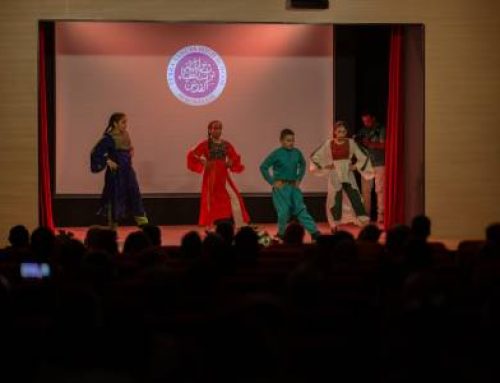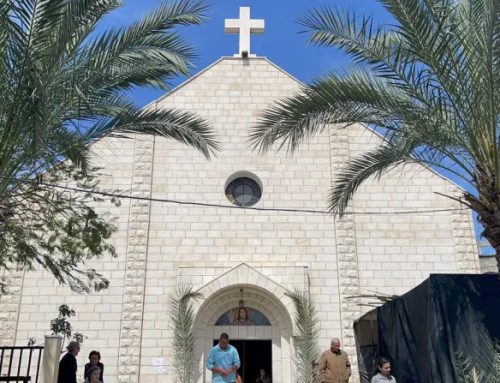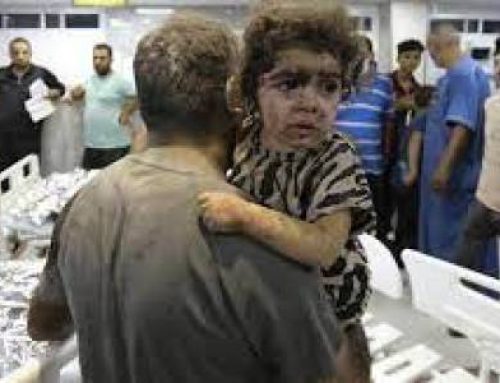Thirteen Austrian bishops were barred from praying at Jerusalem’s Western Wall last week by Jewish religious authorities when they refused to take off their crosses, according to Austrian officials.
Thirteen Austrian bishops were barred from praying at Jerusalem’s Western Wall last week by Jewish religious authorities when they refused to take off their crosses, according to Austrian officials.
On a planned visit on Thursday to the wall — the holiest place where Jews can pray — the bishops were given an ultimatum by the rabbi of the site: Either remove the crosses or stand behind a fence several meters (yards) from the site. The bishops refused the request and watched people praying from behind the fence, according to an Austrian official.
"They were a bit disappointed they were not let into the wall," said Arad Benko, spokesman for the Austrian embassy. "It was a disappointing moment." He said the bishops were not informed before the visit that wearing the crosses would be a problem.
Shmuel Rabinowitz, the rabbi of the Western Wall, said that while the site is open to all religions, worshippers are expected not to offend the sensitivities of Jews.
"Appearing like that at the wall plaza and at a meeting with me is insulting and provocative," Rabinowitz told the Israeli daily Maariv. "I told them that the pope didn’t show up at the wall with a cross, but hid it."
On a historic visit to the holy land in 2000, Pope John Paul II prayed at the Western Wall, stuffing a prayer between the cracks — a Jewish ritual to ask God to fulfill a wish. Pictures show the pope wearing a cross while praying.
The 13 bishops were in Israel attending the annual Austrian Bishops Conference, held in the Holy Land for the first time. Led by the Archbishop of Vienna, Christoph Schoenborn, the bishops visited several sites, including the town of Bethlehem and Israel’s Holocaust memorial, Yad Vashem. They planned to pray at the Western Wall before they were turned away.
The Western Wall, the holiest prayer site for Jews, is a remnant of the Second Temple compound built by King Herod in the 6th century B.C. and destroyed by Roman conquerors in A.D. 70.
The Al Aqsa Mosque and the gold-capped Dome of the Rock are built atop the ruins of the biblical Jewish temples, making the compound one of the most explosive holy sites in the region. The dispute has ignited violence and scuttled peace efforts between Israel and the Palestinians for years.





